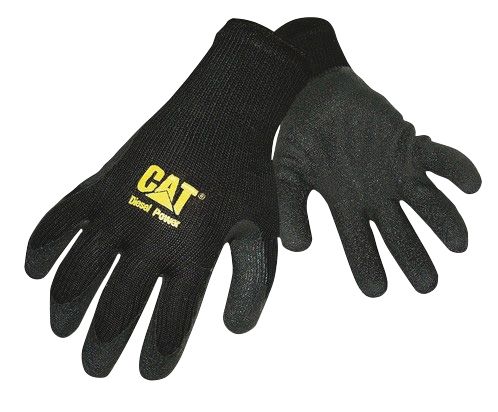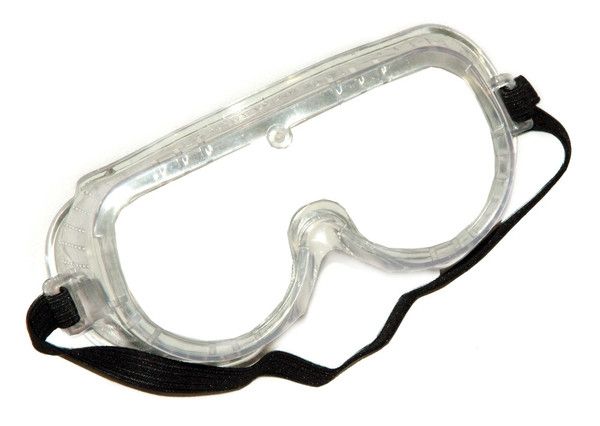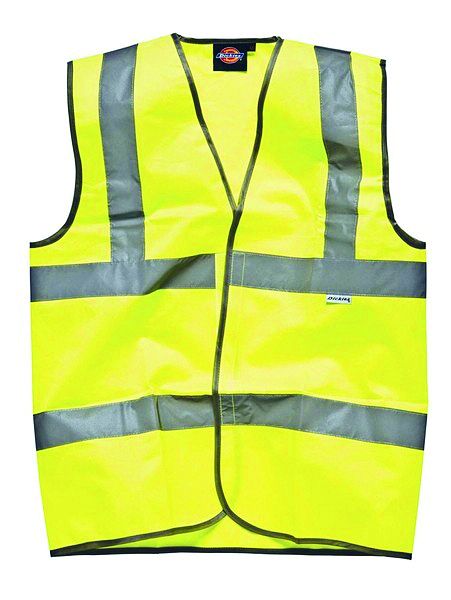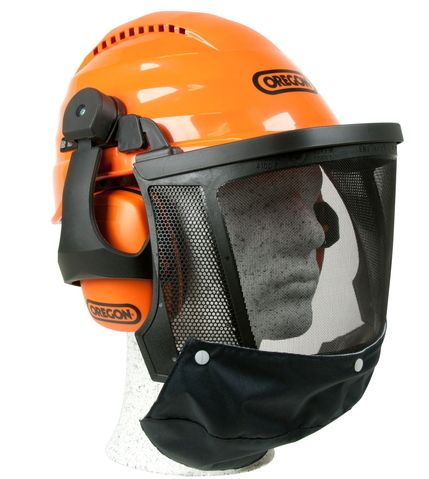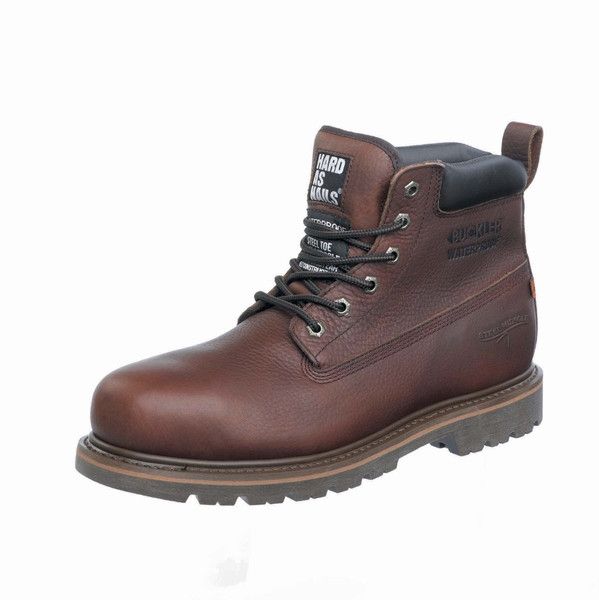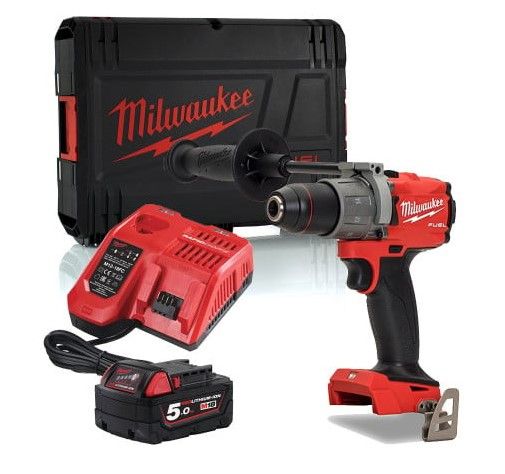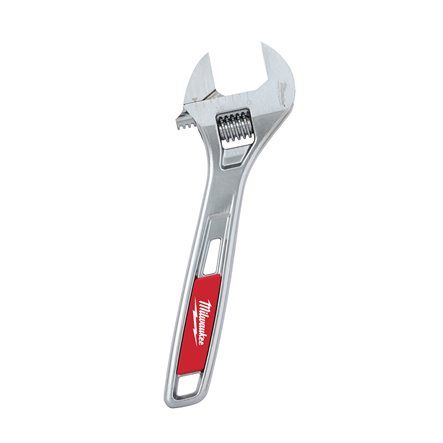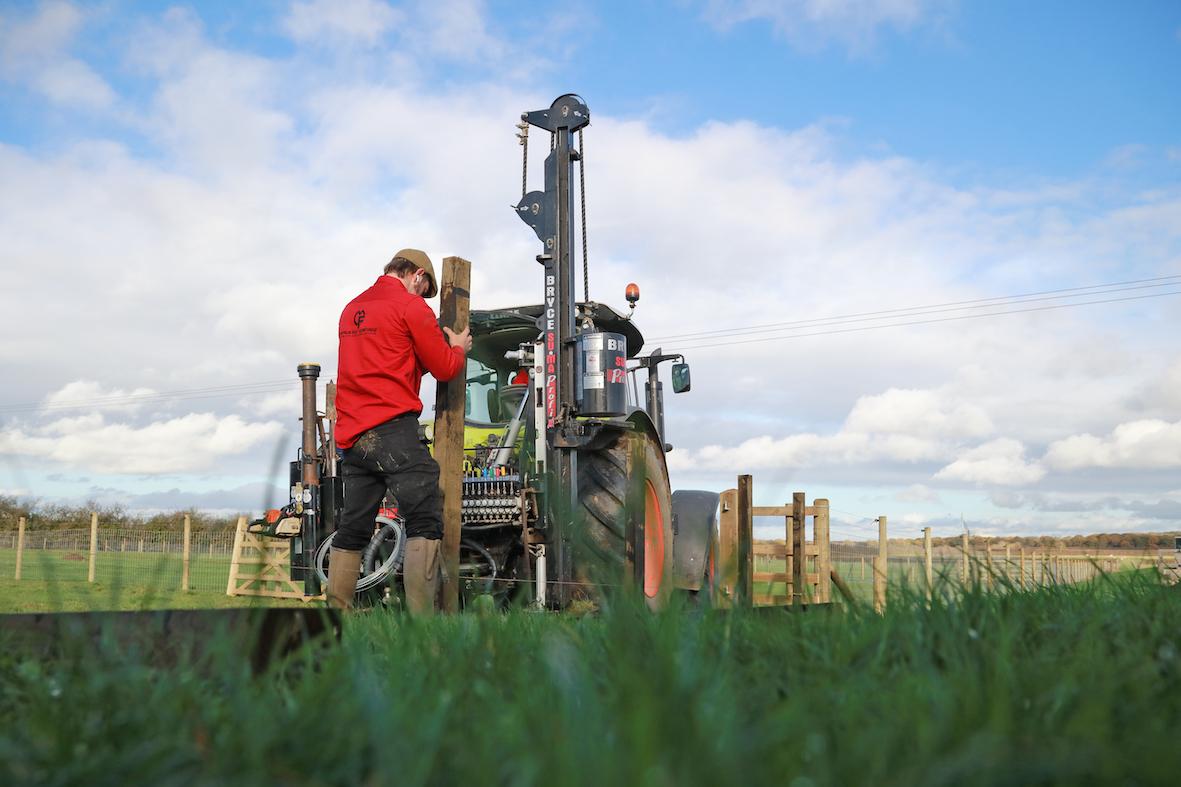
Installing agricultural and equine fencing is no easy task. In fact, it can be pretty risky, and it’s why the sector turns to fencing contractors – highly skilled professionals who know exactly how to install the right fencing in a safe and effective way.
That safety is key.
Safety protocols help protect contractors, employees and the general public. They reassure businesses that contractors can be trusted, and they ensure that work complies with HSE (health and safety executive) requirements.
Safety protocols and procedures help fencing contractors:
- Eliminate common mistakes
There are several common mistakes in fencing installation that can be minimised or prevented with the right protocols in place. They include:
Worn or outdated equipment - Regular checks make sure old equipment can be replaced quickly and easily (such as a new pair of gloves if the grip is starting to wear out, or replacement googles if existing pairs are scratched)
- Incorrect equipment – Rules for what type of PPE is required for different use cases help make sure contractors aren’t using equipment that gives them a false sense of security
- Overconfidence – Standard requirements for key safety wear regardless of the job (such as always wearing safety boots) keeps contractors prepared for every task and makes sure they won’t “hop on a quick job” without being prepared.
- Secure and maintain key accreditations
Having clear safety rules and regulations in place is often essential for fencing contractors to secure key industry accreditations.
If your team is using heavy machinery, then you’ll want them to have Construction Plant Competence Scheme (CPCS) and Lantra qualifications. When they’re working out in the field, they’ll ideally need certification as safe contractors from the likes of Alcumus, Constructionline and CHAS.
They all have health and safety training requirements in place, as does the National Association of Agricultural Contractors (NAAC), with its Code of Conduct for contractors that clearly emphasises the importance of safety protocols.
- Showcase a professional look
Those official accreditations show potential clients that you take safety seriously. It demonstrates a key level of competence and professionalism for fencing contractors that will help you win work.
Especially if you show up to jobs kitted out in all the correct safety clothing including hi-vis vests, safety boots, helmets and visors.
StowAg has everything you need to make sure you’re safely kitted out.
- Get the job done correctly
Lastly, safety protocols are important to help make sure that as a fencing contractor, you always have what you need in hand to get the job done safely and effectively.
Checklists keep your kit organised and in check, and they make sure you can identify anything that’s missing right away and replace it immediately.
Risk assessments and instruction docs for typical fencing projects also help you prepare ahead of time, answering key questions like whether you need hand tools, power tools or heavy machinery to do the job in the best, safest way possible.
Safety protocols helping fencing contractors stay safe
Ultimately, safety protocols are there for a reason. Embrace them, and you’ll be more organised, more professional and more effective at carrying out your jobs.
The key is making sure you always have that high quality safety equipment close to hand and ready to use, all in tip-top shape, so that it just becomes habit.
StowAg can help make sure you’re prepared with our extensive range of safety and PPE equipment.

